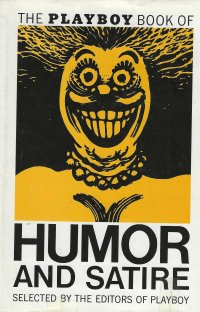 This book has been languishing on the most ignored to-read bookshelf at Nogglestead, the small little bookshelf in the hall between our offices. The three full-sized bookshelves on the opposite wall command the attention when I’m looking for something to read, and so I rarely draw a book from there. Even when I’ve looked at that shelf for something to read, I’ve sometimes considered this volume, but it’s a bit of a chonker–it’s 400 pages, and with Playboy on the cover, it’s not like I was going to carry this book to the dojo or to church. I guess I was saving it up for just the right moment when I would want to read it. Which finally arrived.
This book has been languishing on the most ignored to-read bookshelf at Nogglestead, the small little bookshelf in the hall between our offices. The three full-sized bookshelves on the opposite wall command the attention when I’m looking for something to read, and so I rarely draw a book from there. Even when I’ve looked at that shelf for something to read, I’ve sometimes considered this volume, but it’s a bit of a chonker–it’s 400 pages, and with Playboy on the cover, it’s not like I was going to carry this book to the dojo or to church. I guess I was saving it up for just the right moment when I would want to read it. Which finally arrived.
The book contains over 30 humorous articles and essays that appeared in the magazine up to the middle 1960s. Some of the articles are about sex, but not all of them. Remember, younglings, back in the 1960s, Playboy was a premier literary magazine as well as a place to see bazingas.
So this book includes pieces by Woody Allen, Allan Sherman, Art Buchwald (who must have been young once, ainna?), Jean Shepherd, and others. And aside from Art Buchwald, I could hear the enumerated authors’ voices in my head as I read (after all, I did listen to Pomp and Circumstance, a collection of Shepherd’s radio programs, in 2019). In searching for the link to the musings on that radio program collection, I externally remembered that Shepherd Mead, also in this book, was the author of How To Succeed In Business Without Trying (which I have not seen or read) as well as How to Live Like a Lord Without Trying (which I have read). So, clearly, I am in the target demographic of this book although I was born five years after it was published.
Overall, an up and down collection. Some pieces are funnier than others. Some rely on being an insider on publishing or movie-making. I was going to say that a few of them are dated, but, c’mon, man, very few overtly political sneers and no mentions of modern technologies or mindsets, so they’re all dated, but some of them fall into the anachronisms of my lived experience. I am sure that if you handed this to a kid today, he wouldn’t be scandalized because he wouldn’t know what Playboy represented in the 20th century, and he probably would not understand much of the humor within the book anyway. Not that he would want to read it. Not if there was a good, or any, TikTok or YouTube video available.
Which is unfortunate.
At any rate, Playboy collections from the 1960s are probably worth picking up even if they don’t have pictures. So one can remember a time where men aspired to some sophistication or at least think wistfully about a time when men might have aspired to some sophistication but were probably mostly all about the bazingas.
Although the cover art, man. That gives me nightmares.



 I have a bit of a confession to make, gentle reader: when I was younger, middle school or high school perhaps, I was prone to confuse Saki with O. Henry. Mostly because I knew that both were short story writers who used pseudonyms. I am pretty sure that I only had O. Henry stories available in the giant reusable English textbooks of the day, but it certainly wouldn’t have helped that I only read “
I have a bit of a confession to make, gentle reader: when I was younger, middle school or high school perhaps, I was prone to confuse Saki with O. Henry. Mostly because I knew that both were short story writers who used pseudonyms. I am pretty sure that I only had O. Henry stories available in the giant reusable English textbooks of the day, but it certainly wouldn’t have helped that I only read “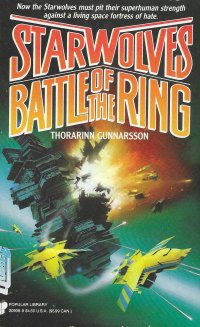 When I bought this book
When I bought this book 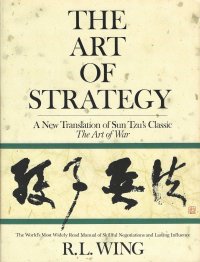 This is a “new” translation of Sun Tzu’s The Art of War, and as the slightly altered title indicates, it wants to extend the lessons of the master to situations other than war. The author/translator, as a matter of fact, breaks The Art of War into sections and then adds introductions before each section with how you can apply the lessons within each to Conflict with Yourself (internal struggles or battles with yourself when you want to improve), Conflict with the Environment (which is not Gaia, but rather circumstances in which you find yourself), Conflict with Another (where you disagree with another), and Conflict Among Leaders (when you have conflicts and you’re in authority).
This is a “new” translation of Sun Tzu’s The Art of War, and as the slightly altered title indicates, it wants to extend the lessons of the master to situations other than war. The author/translator, as a matter of fact, breaks The Art of War into sections and then adds introductions before each section with how you can apply the lessons within each to Conflict with Yourself (internal struggles or battles with yourself when you want to improve), Conflict with the Environment (which is not Gaia, but rather circumstances in which you find yourself), Conflict with Another (where you disagree with another), and Conflict Among Leaders (when you have conflicts and you’re in authority). 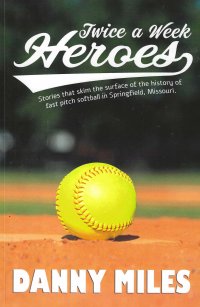 I got this book
I got this book 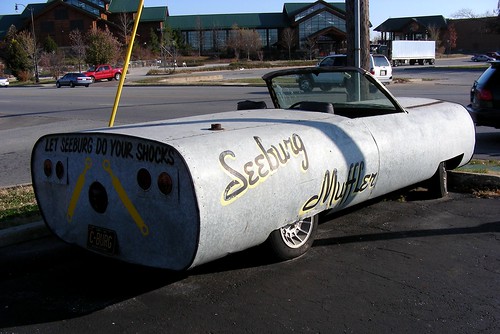
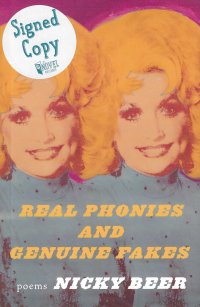 I bouught this book last week at the Novel Neighbor in Old Trees, Missouri, when I traveled to St. Louis (the actual city, gentle reader, not The St. Louis Area which is safer and saner). The Novel Neighbor is not my favorite St. Louis area bookstore–it was not there when I lived in Old Trees, and most of the book stores I knew from that era but fourteen years ago are gone now and new ones, like the Novel Neighbor and the new Webster Groves Book Shop, have spring up. The Novel Neighbor is a bit more progressively themed, so I prefer the Webster Groves Book Shop because it has a better local interest/local authors section. But I stopped at the Novel Neighbor first since it was closer to my hotel only to discover that the Webster Groves Book Shop closed at 4pm–and my stop at the Novel Neighbor put me past that time. Ah, well.
I bouught this book last week at the Novel Neighbor in Old Trees, Missouri, when I traveled to St. Louis (the actual city, gentle reader, not The St. Louis Area which is safer and saner). The Novel Neighbor is not my favorite St. Louis area bookstore–it was not there when I lived in Old Trees, and most of the book stores I knew from that era but fourteen years ago are gone now and new ones, like the Novel Neighbor and the new Webster Groves Book Shop, have spring up. The Novel Neighbor is a bit more progressively themed, so I prefer the Webster Groves Book Shop because it has a better local interest/local authors section. But I stopped at the Novel Neighbor first since it was closer to my hotel only to discover that the Webster Groves Book Shop closed at 4pm–and my stop at the Novel Neighbor put me past that time. Ah, well.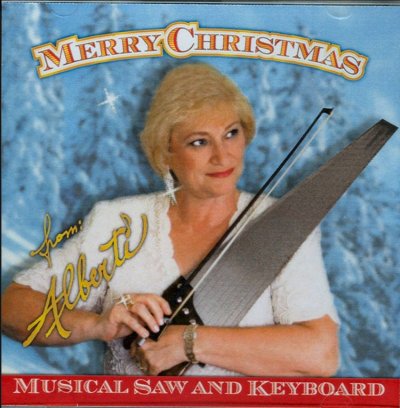
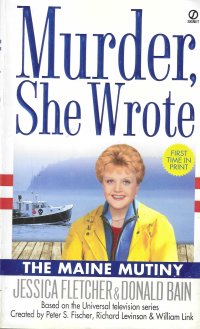 This would turn out to be the last of the books I read for the
This would turn out to be the last of the books I read for the 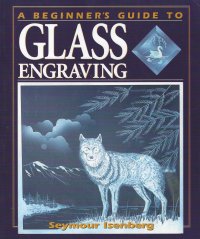 The
The 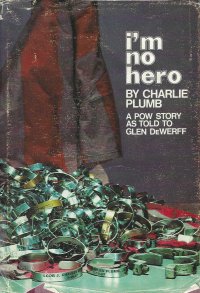 The
The 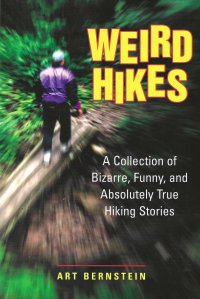 The
The 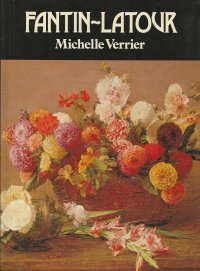 This book sat on my sofa-side table, an old Sauder printer stand actually–past the half century mark, and I still have two Sauder printer stands from the middle 1990s as household furniture–for over a year. Although in past years, I have browsed poetry or art monographs during football games, I did not do so this year. I’m not sure whether it’s that my attention span has withered or that I cannot switch between football plays and text as easily as I could when I was a younger man or if my current selection of monographs and poetry chapbooks does not compel me to read them. Maybe both.
This book sat on my sofa-side table, an old Sauder printer stand actually–past the half century mark, and I still have two Sauder printer stands from the middle 1990s as household furniture–for over a year. Although in past years, I have browsed poetry or art monographs during football games, I did not do so this year. I’m not sure whether it’s that my attention span has withered or that I cannot switch between football plays and text as easily as I could when I was a younger man or if my current selection of monographs and poetry chapbooks does not compel me to read them. Maybe both.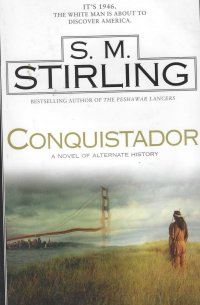 The
The 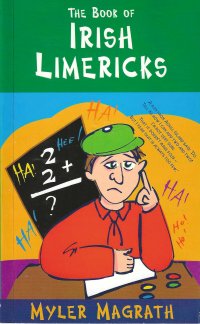 The
The  It’s been a year
It’s been a year 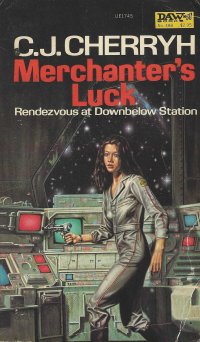 The
The 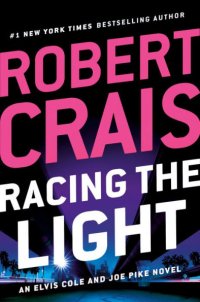 I bought this book for my beautiful wife for Christmas, so I don’t get to put it onto my read shelves, although it would not surprise me if a secondhand copy does not end up over there. After all, I have a pretty complete set starting with
I bought this book for my beautiful wife for Christmas, so I don’t get to put it onto my read shelves, although it would not surprise me if a secondhand copy does not end up over there. After all, I have a pretty complete set starting with 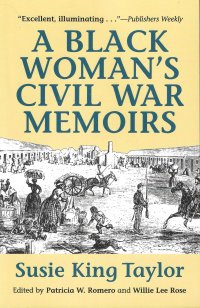 I bought this book
I bought this book 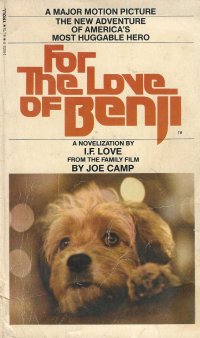 This year’s
This year’s 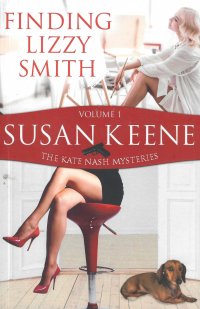 This is the first book I’ve completed in the
This is the first book I’ve completed in the 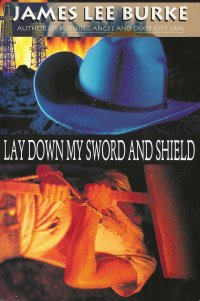 Two and a half years ago, I picked up this book
Two and a half years ago, I picked up this book